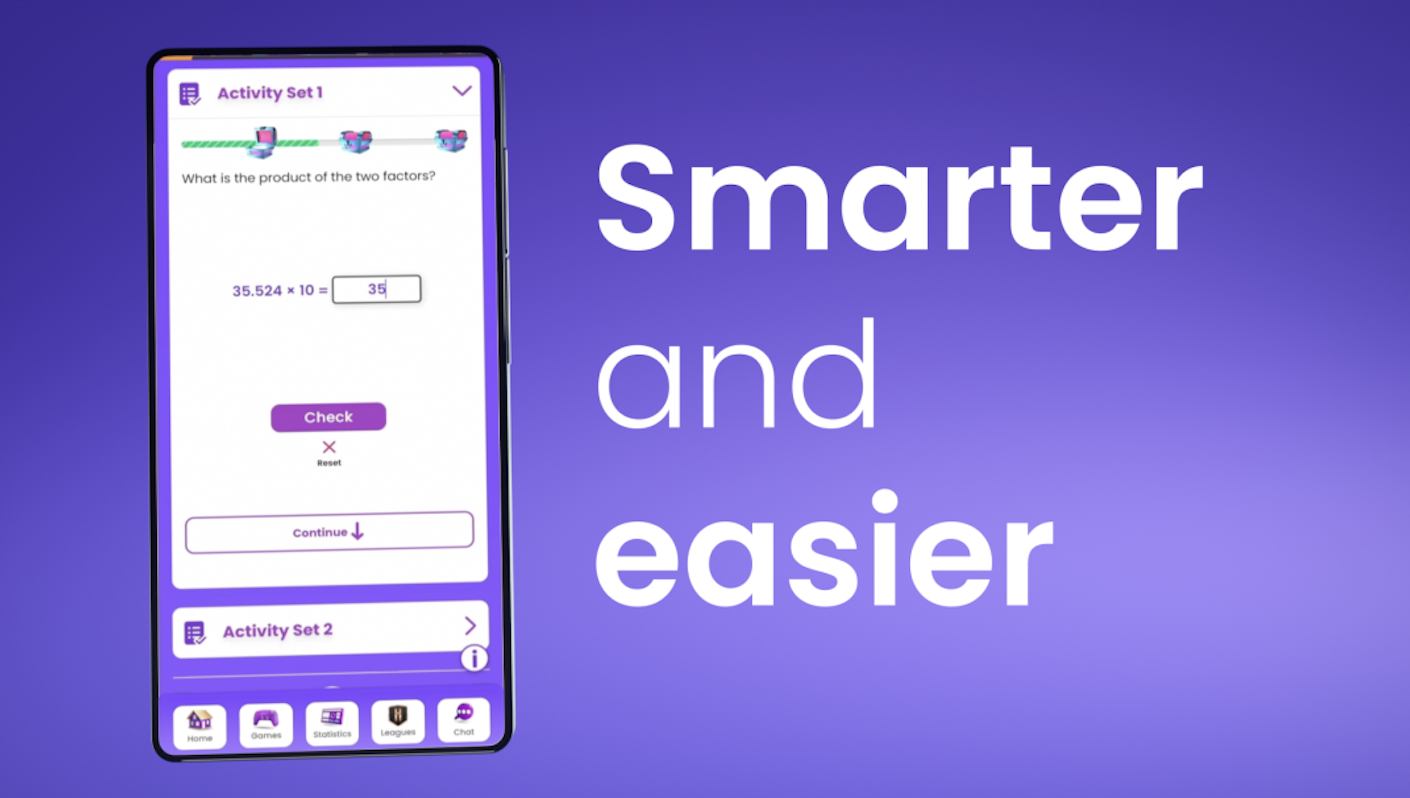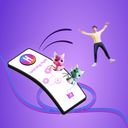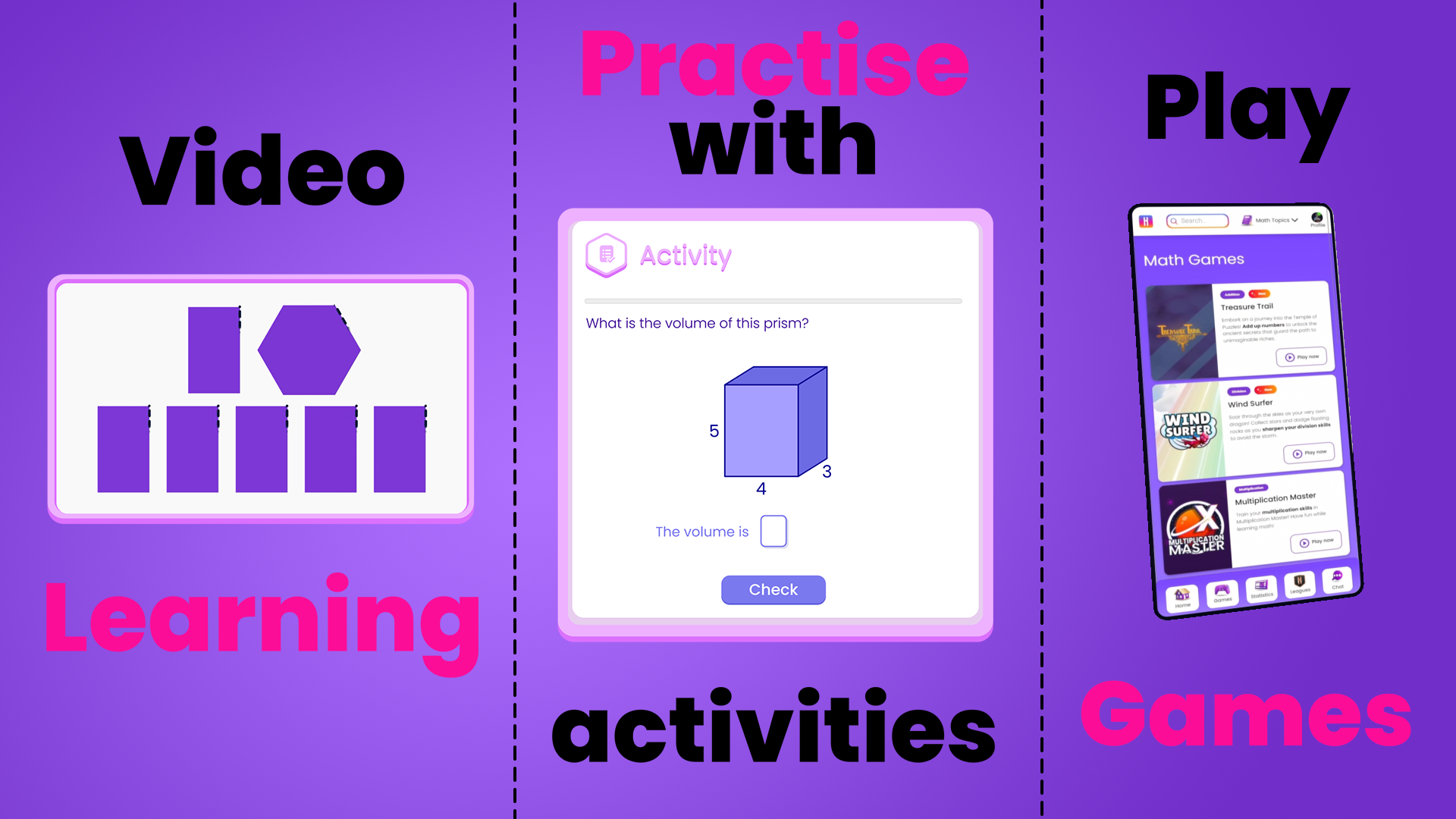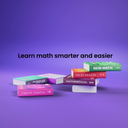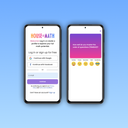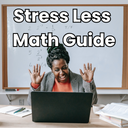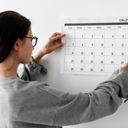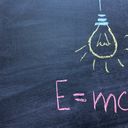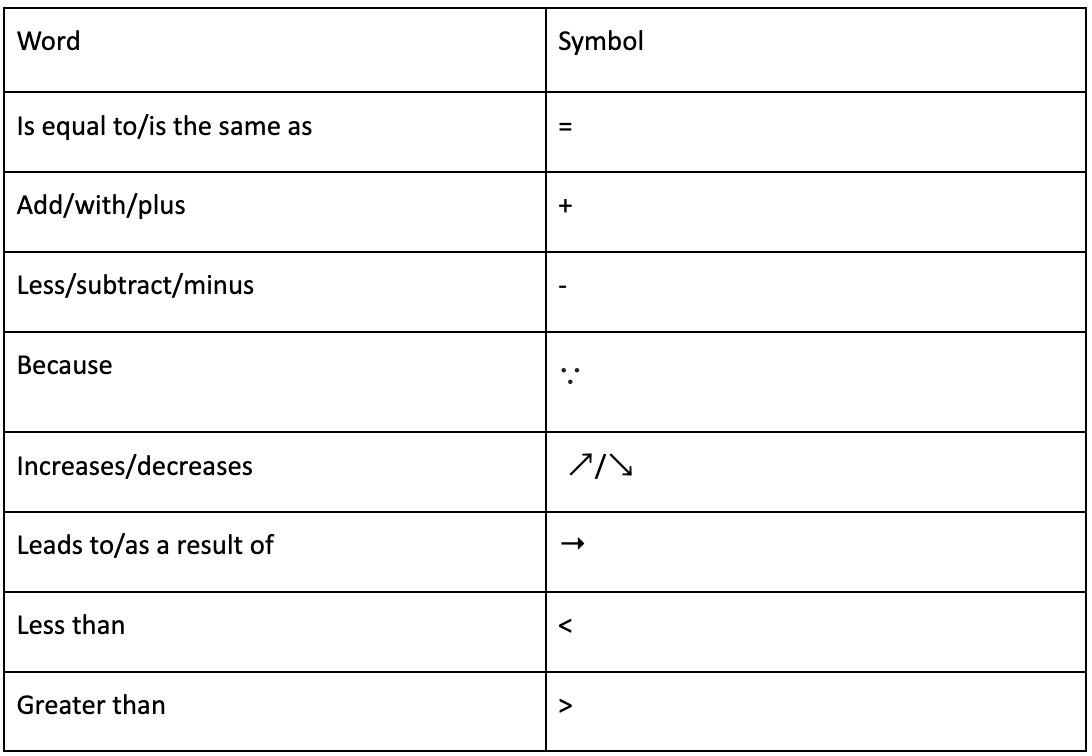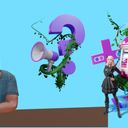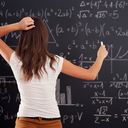Reading is a skill that we mostly take for granted, yet we are so conditioned that we automatically read messages and snippets that come to our attention. As a student you have to do a lot of reading. Everything from reports, textbooks and lecture notes to web pages and online material. Effective reading techniques can help you save time, retain more of the relevant information and retrieve and present it in required formats.
Reading is a complex process and is controlled by different parts of our brains. The frontal lobe is responsible for speech, reading, fluency, grammar, and comprehension. It makes it possible for us to understand simple and complex grammar. The temporal lobe directs our ability to discriminate between individual sounds and turn them into words. The angular gyrus acts as a unifier to tie all the other functions together. Through our understanding of how the brain functions we can address many of the severe communication malfunctions such as dyslexia.
To help you improve your reading and retention skills, we have compiled a short description of different techniques and methods for your convenience.
Scanning
When you run your eyes over the whole text to find something such as a name or key word it is called scanning. You employ this technique many times in a day, usually for simple non academic purposes. Examples of scanning include news articles, index lists, prefaces to books etc.
Skimming
Use this technique for getting the meaning of the whole text. It is almost the same as scanning but we read in a bit more detail, looking for the important points in the text. We generally use this technique at the time of reading a newspaper or magazine.
Under this technique, we read quickly to get the main points and skip over the details. It works best when you are already familiar with the general content of the text. Skim material before doing more intensive further reading. A first glance at how the text is laid out will help you to find key information on the further reading. Skimming can be used for reading reviews, a speech, quick research, last minute exam reviews, and so on.
It will save you time by making you aware of the important points without fully reading the entire text.
Active Reading
You get an in-depth understanding of the text through active reading. You should use this when you are reading something that you need to think critically about or something complex. Active reading consists of asking yourself questions throughout the text, and reflecting on those questions. You must relate what you are reading to previous experience and knowledge, as well as taking notes. Using this technique, the reader must be actively involved with the text while reading it, and interact with the text. Use active reading with material you need to know well and new unknown text.
Detailed Reading
Detailed reading is the most time consuming and intensive technique. You must carefully read, absorb, and investigate each word for meaning. You skim the text first to get a general idea and then go back to read it in detail. Use a dictionary and thesaurus to understand the meaning of every word. We use this technique to extract accurate information from the whole text. You have to read every word to understand the meaning and provide a deeper understanding. Use this technique for detailed research reports and articles and textbooks.
Speed Reading
In speed-reading you have to combine various reading methods. Speed-reading aims to increase the reading speed without making it difficult to understand the meaning of the text that is being read. You use the following strategies in speed reading:
· Use scanning on small sections.
· If something gets your attention, switch from scanning to skimming on small sections.
· Use a pointer to identify each word but move the pointer under the word at a faster pace than what you normally read.
· Read the first and last sentence of every paragraph and skim in between.
· Identify words without focussing on each letter.
· Do not say all words even softly.
· Spend less time on the less important phrases
· Try not to read out loud in your head while reading.
· Allow the muscles of your eyes to relax.
· Ask questions about the text before you read.
· Concentrate on your reading and do not become distracted by other tasks.
· Cover words that you have already read.
· Teach yourself to keep eye movements steady. Concentrate on reading down the center of the page.
Structure-Proposition-Evaluation Reading
This technique was developed by Mortimer Adler in a book called “How to Read a Book” published in 1940. He advocated that you find the structure, the propositions of the author and then create your own evaluation.
This method is very applicable to non-fiction writing. To use this method you should:
· Study and find the structure of the book. Look at chapter headings, in dices and other groupings.
· Study the logic and planning of the author and how-the material is grouped and organized to support the reasoning of the writer.
· Evaluate all the conclusions and arguments and form your own opinion.
Survey-Question-Read-Recite-Review (SQ3R)
This method was developed in 1946 by Francis P. Robinson in his book “Effective Study”. It offers a more efficient and active approach to reading textbooks and other study material.
To utilize the reading technique, you must go through the following steps:
· Survey – Get an overview of the work. Review headings, subheadings, and content groupings. Read the introduction and summary.
· Question – Prepare questions on the work and try to answer them as you read the text. Some may be general but others must be more targeted to specific areas of how this knowledge will be useful for your purposes.
· Read – Use active and detailed reading to understand and internalize the text.
· Recite – Describe to yourself what you have read. Try to recall everything in your own words.
· Review – Return to the material and see if you can answer the questions that you generated before in the same way.
Reading Web Pages
Although there is an infinite number of web page layouts, they all have some elements in common. These are the main content, ads on the side, above or below, some sort of a navigation bar and a search function. By identifying the main parts you can quickly find the information that you are looking for.
Here are some tips for navigating a web page efficiently:
· Make sure that you locate the main content. It is usually the most important part of the page but on some pages you may have to scroll down or sideways to find it.
· Check that you are on the web page that you are looking for. If you do not see any information that seems relevant, use the navigation bar or search box to find the relevant page. If not, use a search engine to find other websites.
· Do not read everything. Skim the page to find what you are interested in. Use the speed reading techniques to read faster.
· Utilize headings to skim the page. Most articles have a heading at the beginning of each section. If the heading is not relevant, scroll down to the next heading.
· If you know exactly what you are looking for, hold down Ctrl+F (or Cmd + F on a Mac) to open the Find toolbar where you can type the word or phrase that you are looking for.
We hope that this short article will help you to improve your reading skills and make it easier to study.

